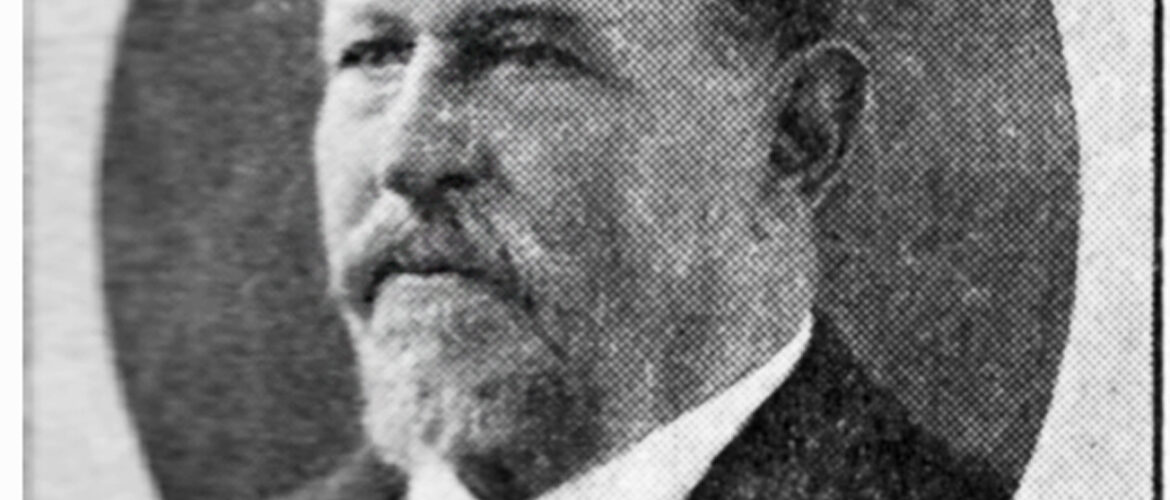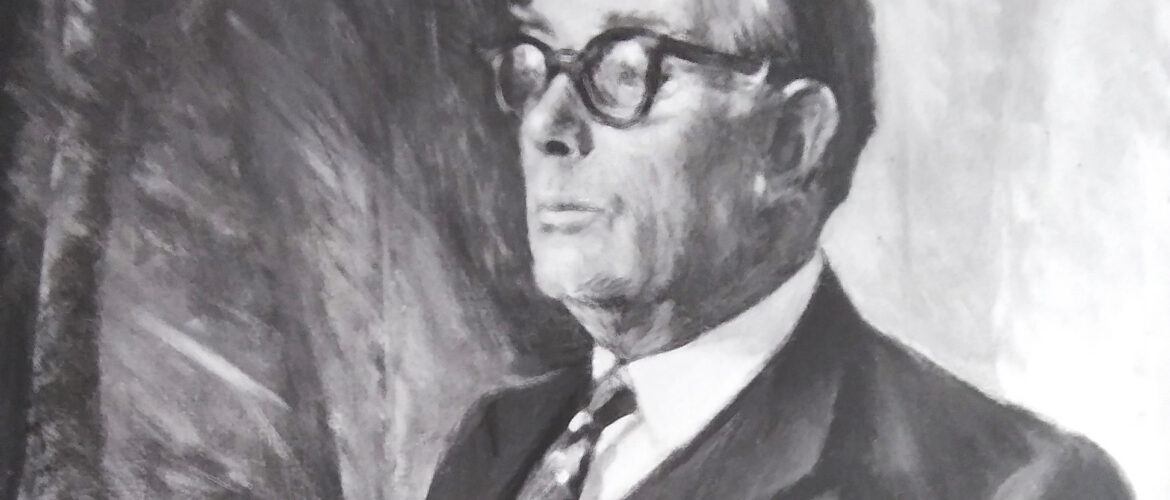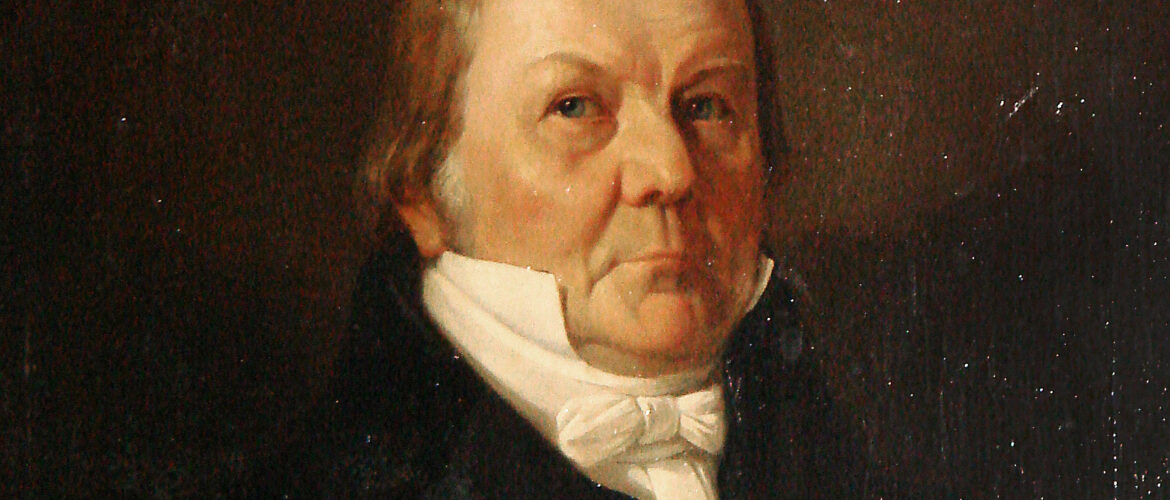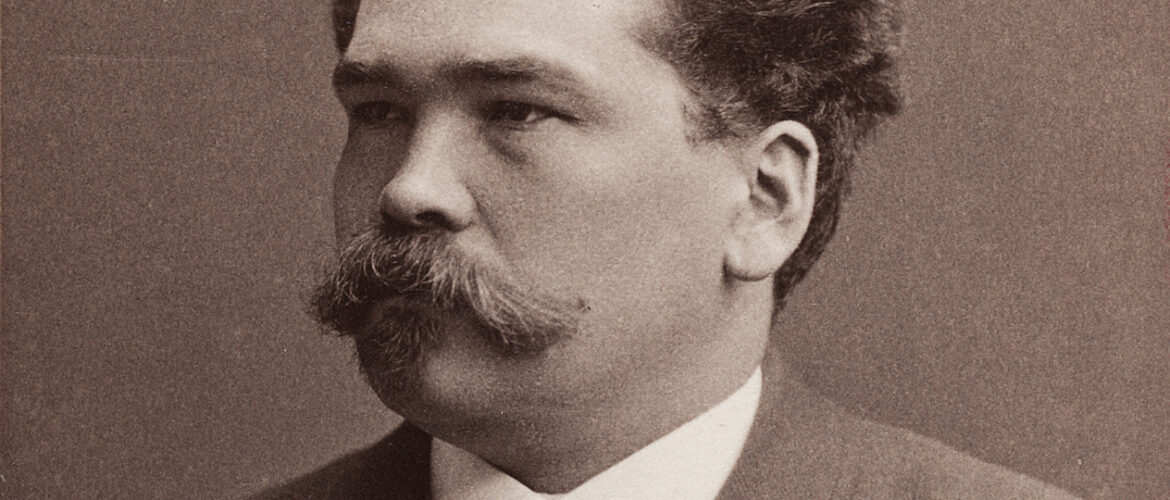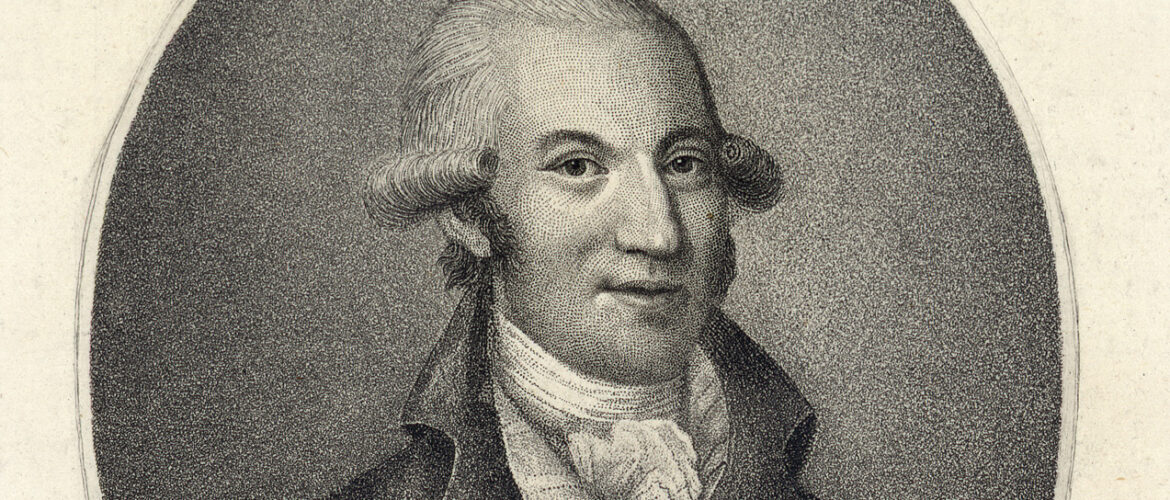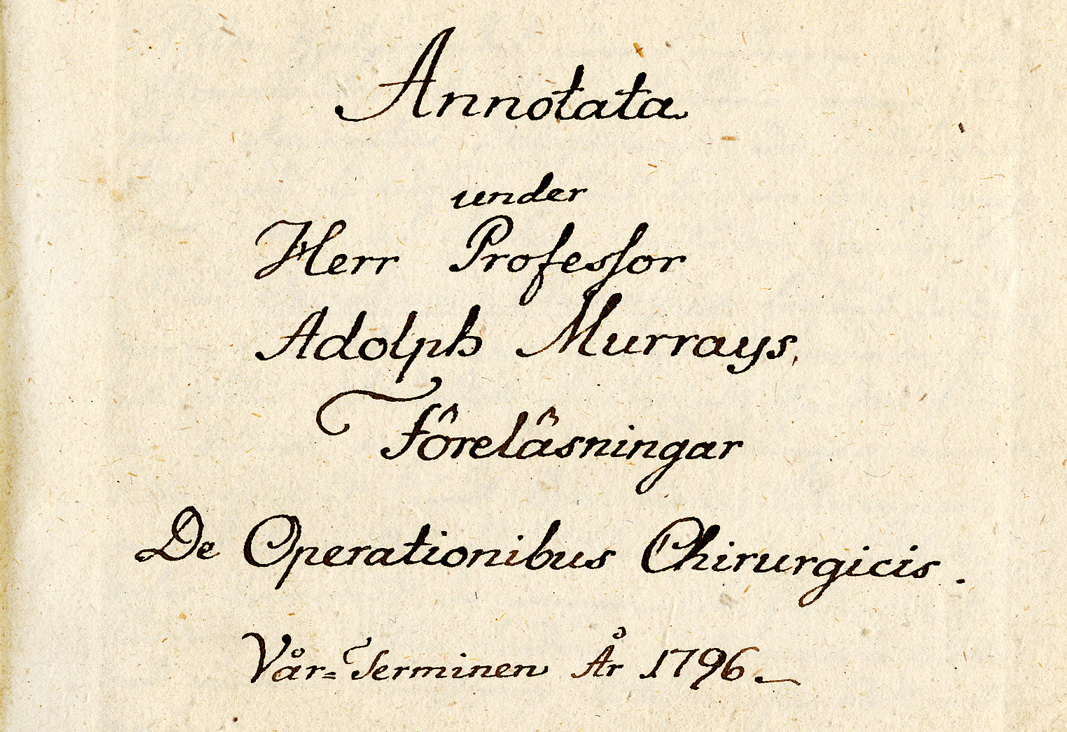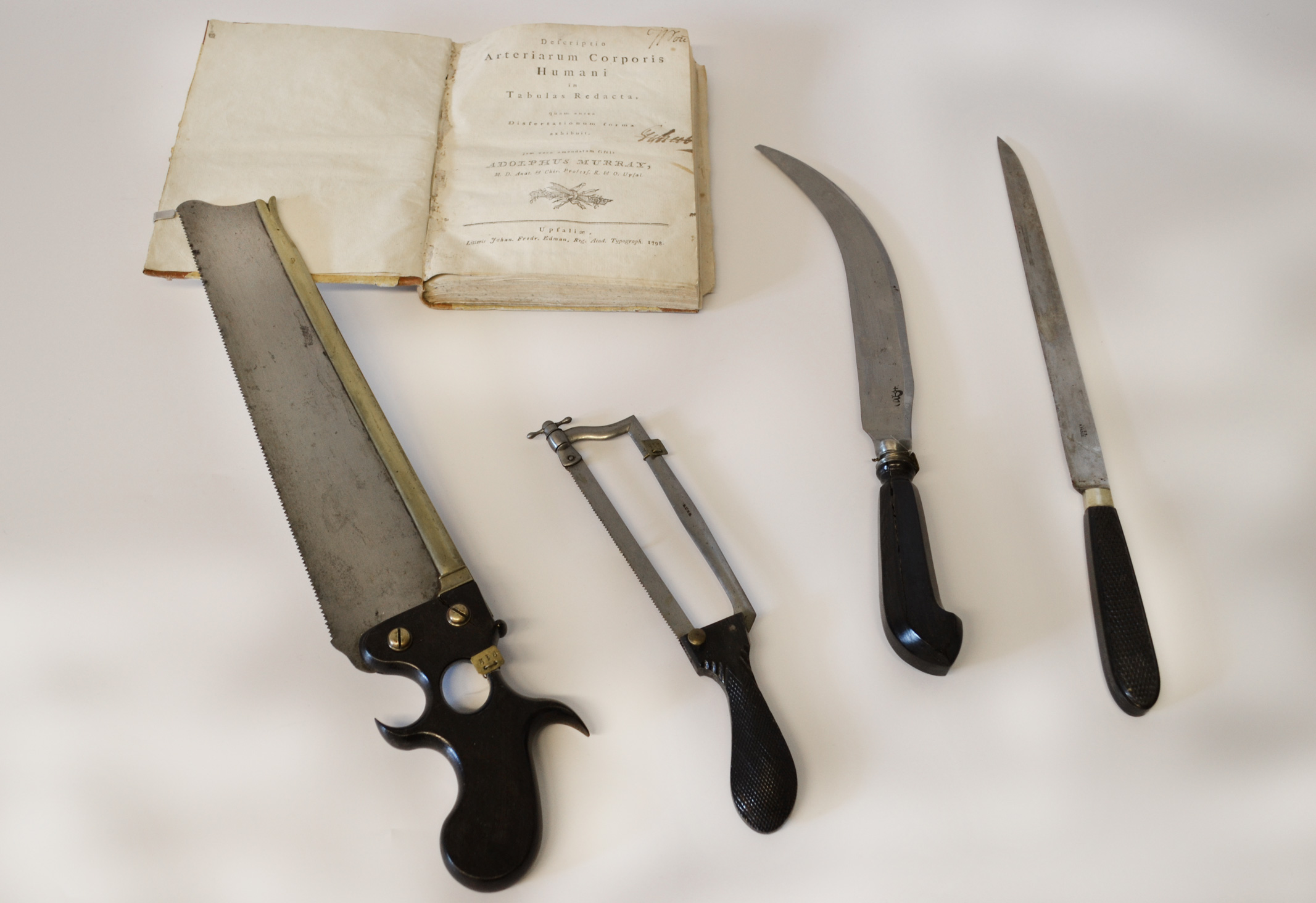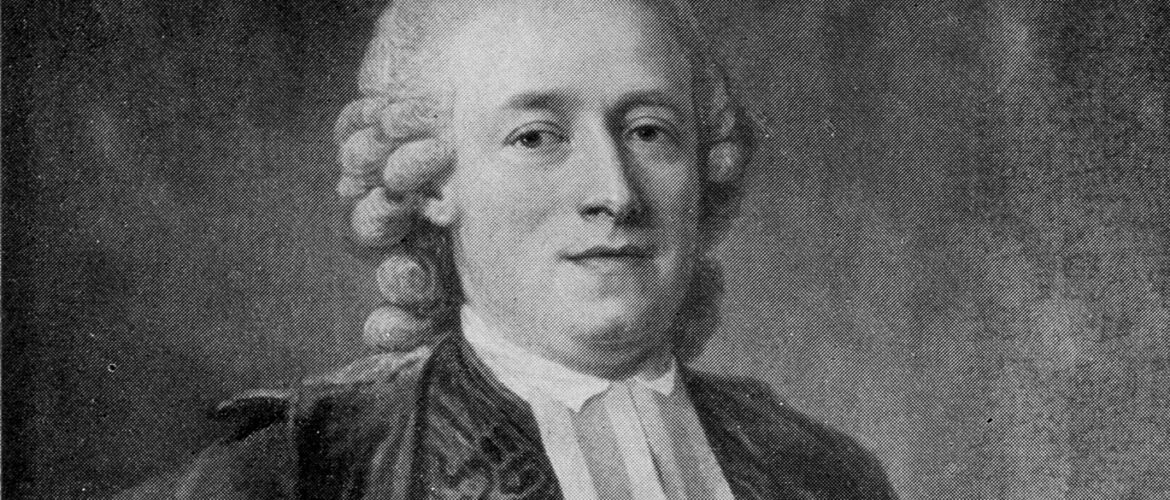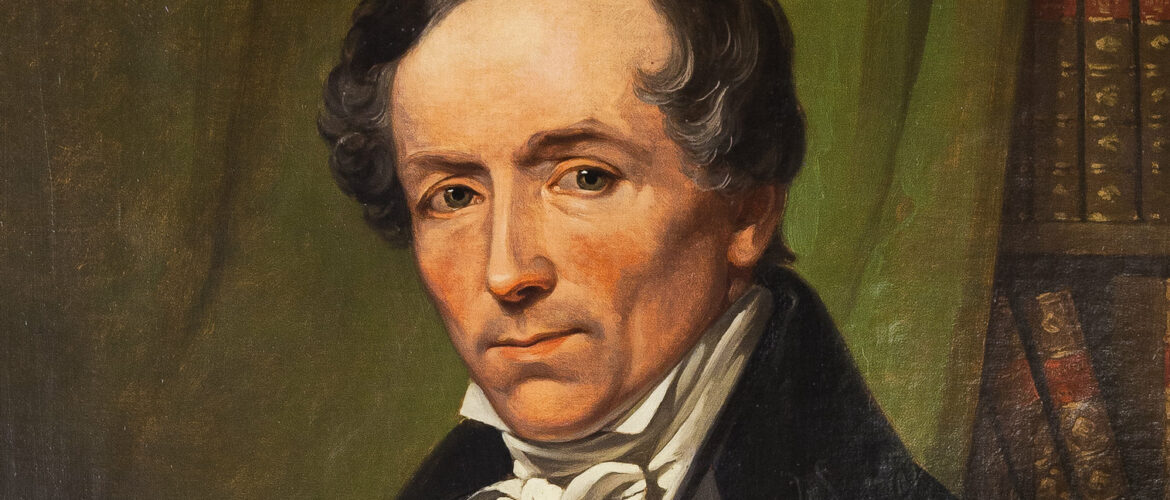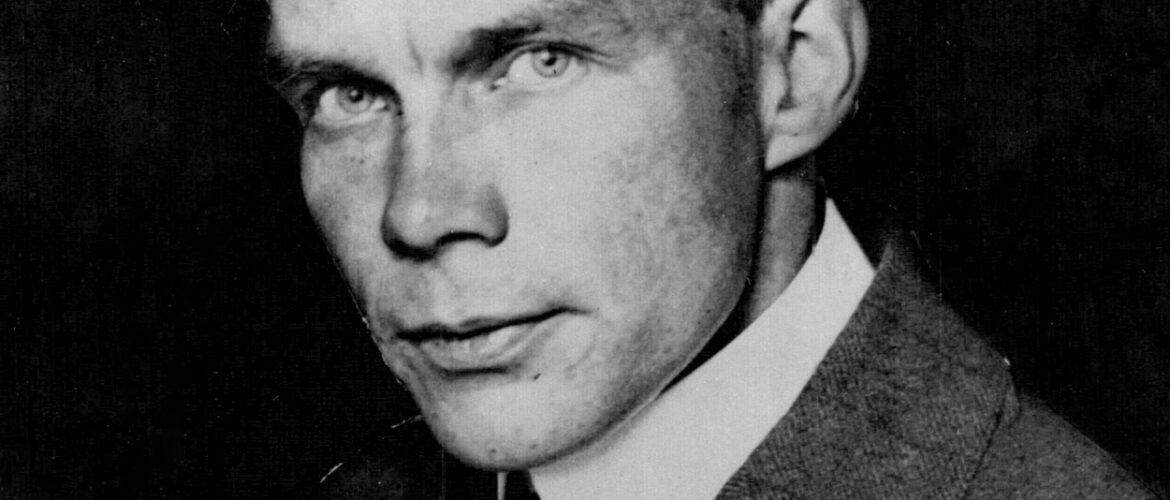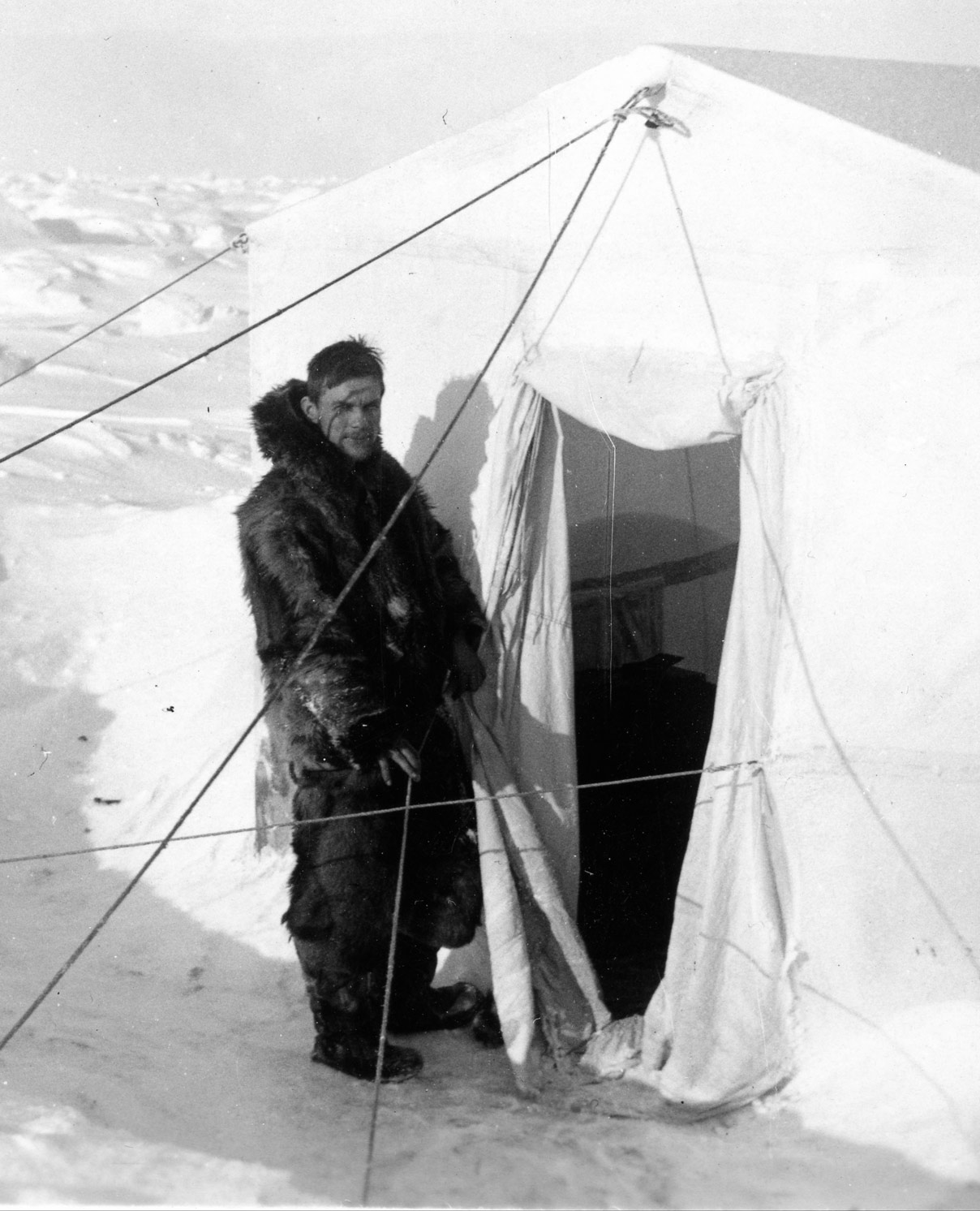1845-1922.
Master blacksmith.
Johan Fredrik Carlsson was born in Mådra skogstorp in Almunge and established himself as a blacksmith in the old former mill forge at Akademikvarnen in the center of Uppsala.
When the cathedral was restored in the 1880s, Carlsson made the locks for the church doors. As a contractor, he was hired by the city of Uppsala in 1910 when the gas, water and sewage pipes were to be laid in the streets (J. F. Carlsson's pipeline business).
Johan Fredrik Carlson was a member of the city council for 24 years, one of the principals of Uppsala Sparbank, a member of the board of the Gillbergska Children's House Foundation and of the Technical School, a member of the Civic Elders and the Gävle Chamber of Commerce, and a member of the Uppsala Missionary Society.
Burial site: 0130-1305
Image description: Johan Fredrik Carlsson, possibly 1915 Photo: Unknown photographer / Swedish Portrait Archive (CC BY-SA 4.0The image is cropped]
Click here for an uncropped image

